-
solutinos
-
Hire
Frontend Developer
Backend Developer
-
NodeJS Developer
-
Java Developer
-
Django Developer
-
Spring Boot Developer
-
Python Developer
-
Golang Developer
-
Ruby on Rails Developer
-
Laravel Developer
-
.NET Developer
Technology
-
Flutter Developer
-
React Native Developer
-
Xamarin Developer
-
Kotlin Developer
-
Cross-Platform Developer
-
Swift Developer
-
MongoDB Developer
-
C Developer
-
Smart Contract Developers
Cloud
-
-
Services
Mobile Development
Web Development
- Work
-
Multi Services App
-
Food Delivery App
-
Grocery Delivery App
-
Taxi Cab Booking App
-
Multi Services App
-
OTT Platform APP
-
Social Media APP
-
Freelance Service App
-
Car Rental App
-
Medicine Delivery App
-
Liquor Delivery App
-
Sports Betting App
-
Online Coupon App
-
eLearning App
-
Logistics & Transportation App
-
Courier Delivery App
-
On-Demand Real Estate App
-
E-Wallet APP
-
Online Dating App
-
Handyman Services App
-
-
Process
-
Company
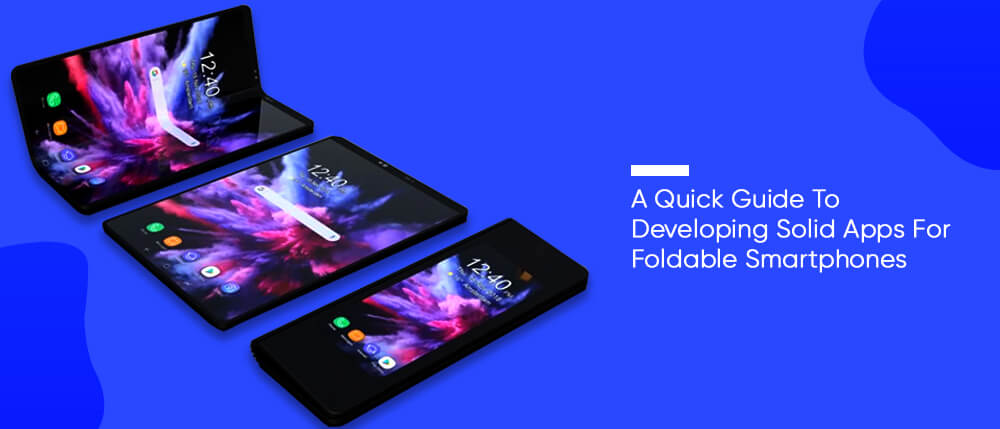
It’s an exciting time to be alive when it comes to technology and gadgets. Every other week or month, there’s new innovation hitting the market. Remember the time we had fixed telephones with absolutely zero features?
We had a complimentary phone book where we could look for phone numbers of our friends and families and find them out if we were lucky. The phones did just one job – allow you to speak to another person.
Innovation then slowly paved the way for advanced fixed telephones that came with caller IDs. These breakthrough devices allowed you to find out who called. Next came the first generation mobile phones. Large and hard as a brick, they came with additional features like phonebook, messaging, alarm, calculator and other fundamental features.
They went through several iterations and gradually evolved into what we use today – smartphones. Now, these smartphones combine almost all other devices you could think of. You could use them as your laptop to perform tasks, call people, play games, watch on-demand content, get directions, monitor heart rate and do more.
However, the latest device in the market is the foldable smartphone. This induces major nostalgia in our minds as we all secretly loved flip phones. They had a special place in our hearts and most of us honestly miss using them. However, somebody out there shared our thoughts and decided to bring back our favourite device and give an overhaul considering today’s technological capabilities.
What we now have are super-cool foldable smartphones that come with bendable screens. While they are eye candies for sure, as a developer, there are a few things I cannot overlook.
The first thing that came to my mind when I stumbled upon a foldable smartphone was about the revisits I had to do in terms of developing a native application for these devices. Far from conventions and traditional approaches, developing an app for a bendable phone required specific considerations.
I thought more about them, wrote them down and decided to share it online so you could make changes accordingly. So, if you’re a developer or a business owner looking to launch an app, consider these points as these could become a norm in the coming months.
How To Develop Apps For Foldable Smartphones
Resizable
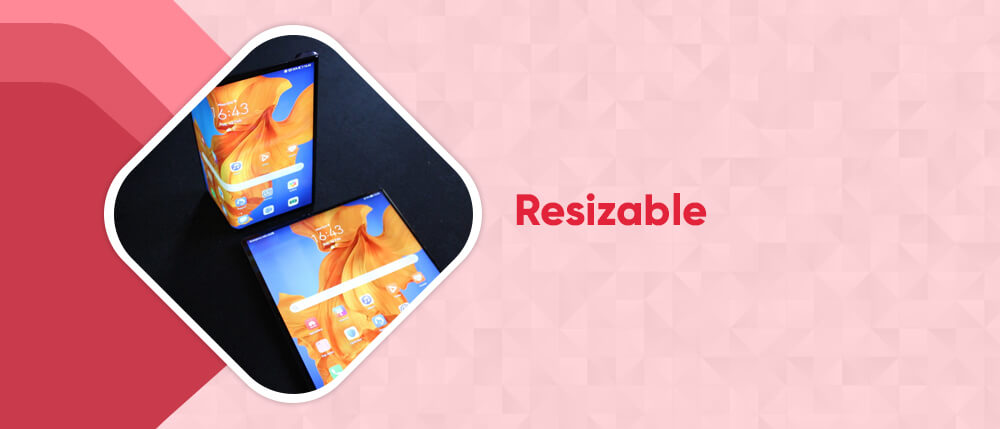
One of the unique features that define foldable smartphones is their screen size. Firstly, the screen sizes of these devices are larger than the sizes we are used to today. Secondly, such foldable phones support a feature called multi-window mode.
As a developer, we cannot assume the way a user would work on his phone. So, it’s on us to make the app compatible with the device’s screen size regardless of how it is used.
Screen Ratios
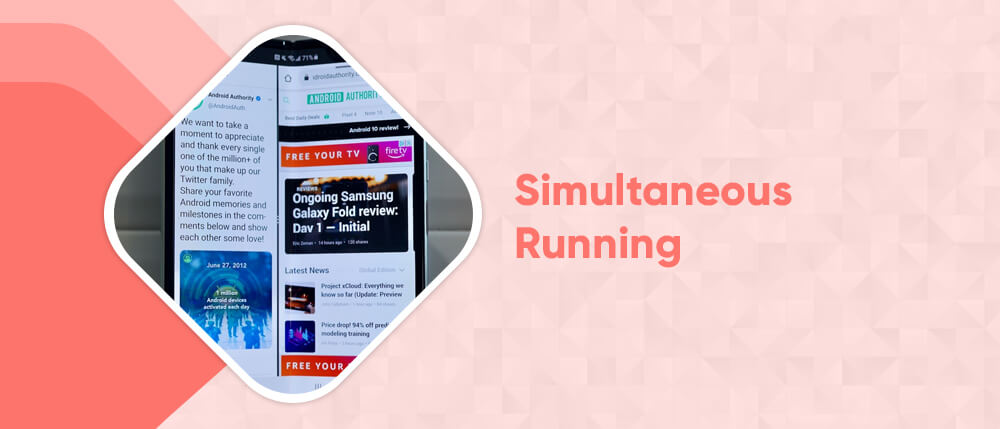
Though we use phones of different brands today, most of them belong to the same form factor. But that’s not the case with foldable smartphones. The form factor of these devices are bound to vary depending on the manufacturer, which means one phone could feature a long, thin screen and the other could feature a short, bulky screen.
With changes in the form factor also comes in the screen ratios. So, when you develop your app generically, it would look weird when screen ratios differ. This completely hampers the user experience as well. That’s why it’s ideal to implement minAspectRatio and maxAspectRatio to ensure the app identifies and modifies itself to match the prevailing screen ratios.
To Fold Or Not To Fold
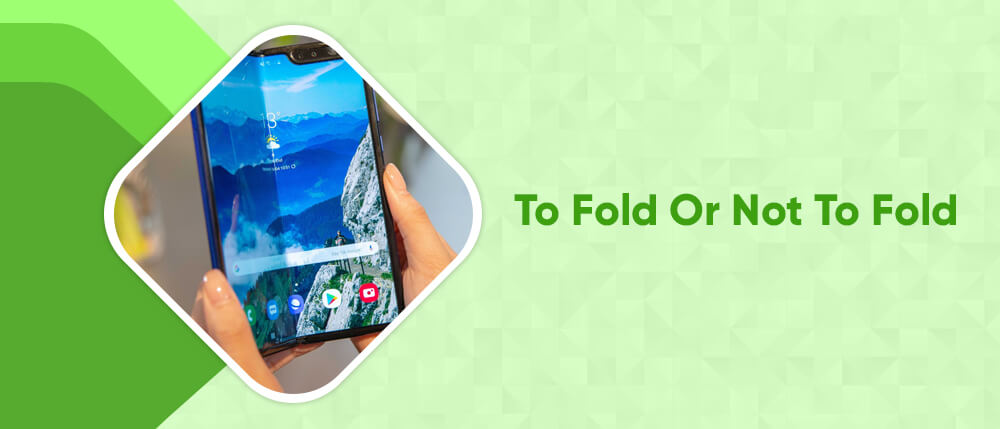
One of the jarring differences between our smartphones and foldable smartphones is that the latter can shape-shift. This means you can use them either folded or unfolded. Because of this, your app development requires significant tweaking to ensure the functionality and aesthetics of your app remain undisturbed.
By this, I mean you should specify which features would show up on which screen. For instance, a folded screen will have comparatively less real estate than an unfolded screen. This means, you could feature only specific and important buttons and modules. On the other hand, you could utilize the unfolded screen size by offering your users an enriching experience by offering them an advanced user interface.
By implementing appropriate logic, you could develop a mechanism where users have a rewarding experience regardless of the screen they use.
Listen To Feedbacks
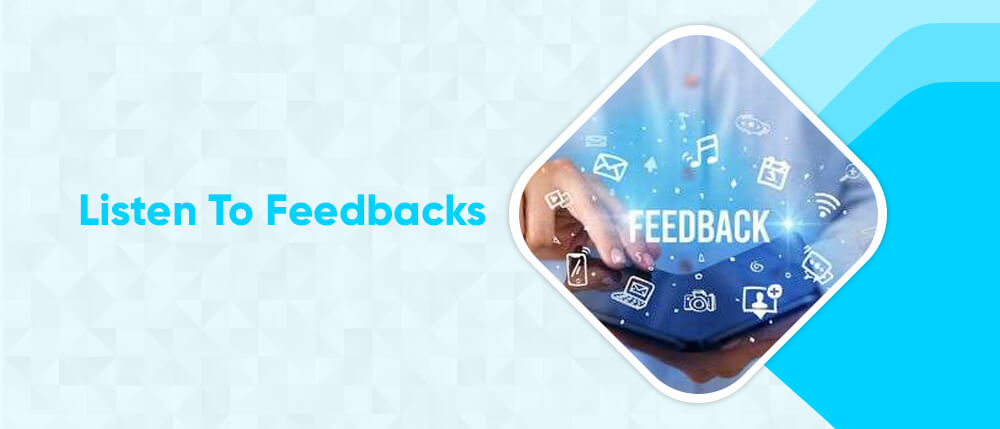
Mobile app development is a perpetual affair. While we all can be precautious as developers, there is only so much we could pre-plan and anticipate. The rest, we have to leave it to our users. When we venture into a new domain, we can do our best to identify loopholes and fix them but despite our efforts, mistakes are inevitable.
That’s why it is on us to pay close attention to what our users feel and say online. Their feedback is critical to work on and implement to make their app experiences seamless. The feedback could sometimes be as minor as tweaking a few lines of code or as complex as completely modifying an entire configuration.
That’s why we always believe in rolling out MVPs or app versions to our close circle users. From their personal suggestions and feedback, we ensure we fix them before the final launch. At this stage, it is also essential to foresee scopes of improvement and leave space for adaptabilities.
Multi-Screen Compatibility
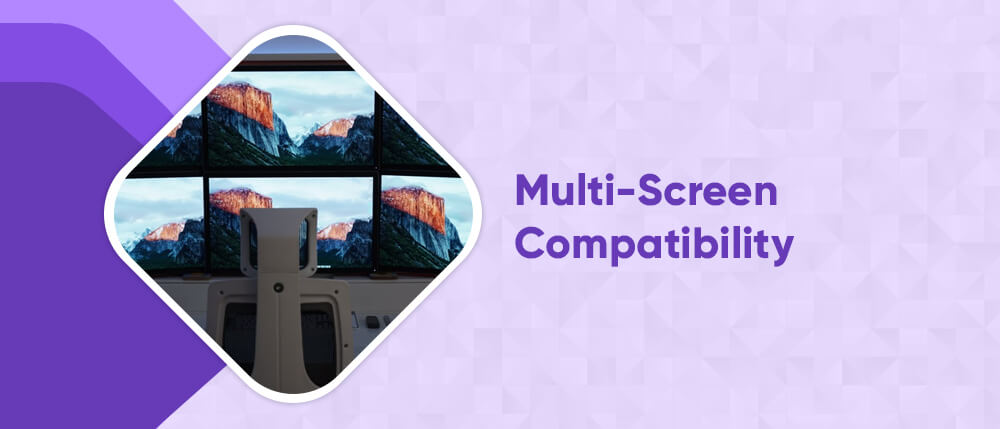
Now, this is a futuristic approach. Currently, the foldable smartphones in the market today support the use of only one screen. However, this need not be the norm for the future. Evolution is the primary driver of change in the tech industry and that’s why we as developers should be prepared for tomorrow, today.
Soon, these phones may support multi-screen features. This means, users could extend their phone screens to secondary screens like their laptops, projectors and even televisions.
For those of you who didn’t know, Android 10 supports simultaneous functioning of primary and secondary displays , with multi-screen and multi-resume functionalities. So, when we’re developing an app for a foldable smartphone, we should configure which screen would be assigned as the primary screen.
Consistent Quality
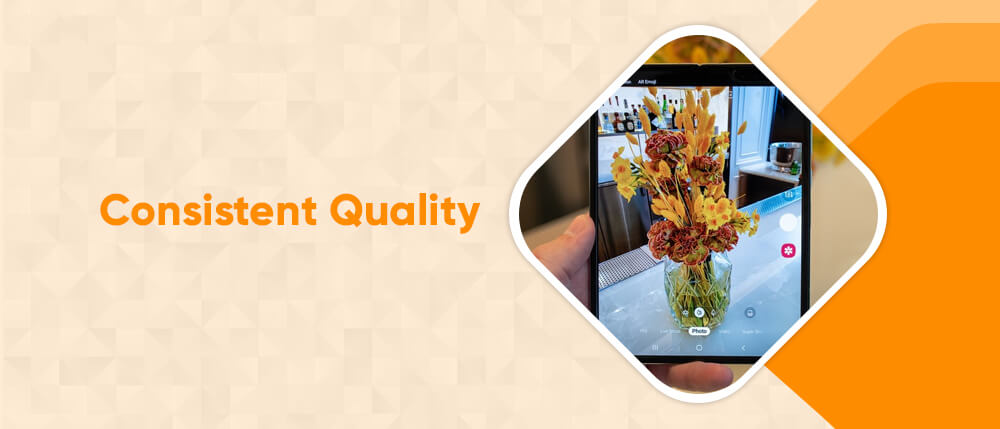
Like we said, it’s a very unpredictable market. With each brand rolling out its own version of foldable smartphones, what becomes difficult is testing. The more the number of manufacturers and brands, the more diverse the models and form factors.
Like we just saw, each variant comes with distinct screen sizes and ratios and it’s the app developer’s responsibility to ensure the quality of the app is not compromised at any given instance of time, no matter on what brand or model the app is used.
Though manufacturers like Samsung have released emulators to make our jobs comparatively similar, we cannot expect other brands to implement the same strategy. That’s why I personally recommend going a little old school and testing our apps individually on each device.
Trust me, when you develop complex apps that have a subscription-based business model, the last thing the user wants to see a poorly developed app that can’t meet the basic requirements of their phone.
Simultaneous Running
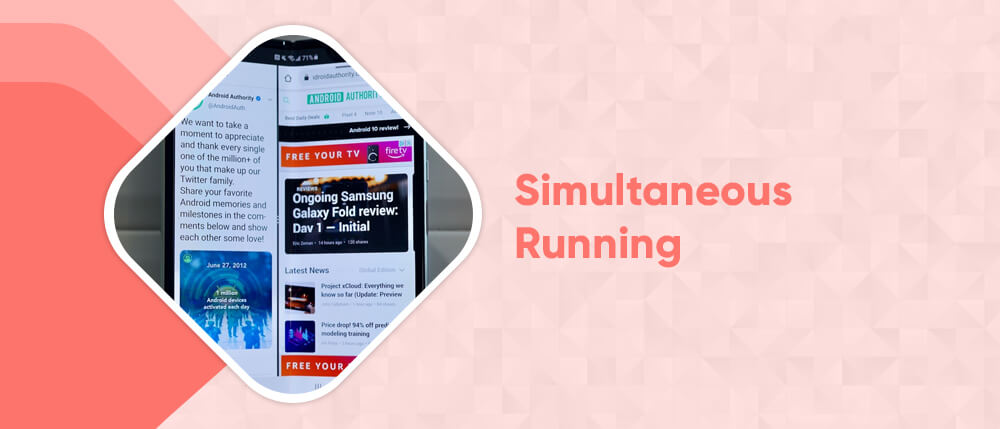
The two different screens on foldable smartphones support simultaneous running of apps. This means, a user can run two different apps at the same time on their two screens. That’s why we need to consider this unique feature of these gadgets and fix appropriate loopholes.
The app we develop should not pause or crash when the user tries to open another app. That’s why considering this aspect is crucial.
Wrapping Up
So, these are the guidelines I follow when I develop apps for foldable smartphones. I’m sure that you would have been familiar with some of them and it’s just a matter of application of your wisdom when thinking about these factors.
The next time you’re assigned a development project for such advanced devices, implement these aspects and make your app future-proof.
However, if all this sounds too difficult to comprehend, you could approach experts like us. We are an expert mobile app development company who would roll out apps that are tailored for foldable devices. We work with the best minds in the industry, who are abreast of latest advancements and trends such as react native app development , iOS app development and more.
Get in touch with us to get that one game-changing app developed and make your million-dollar idea a reality.



